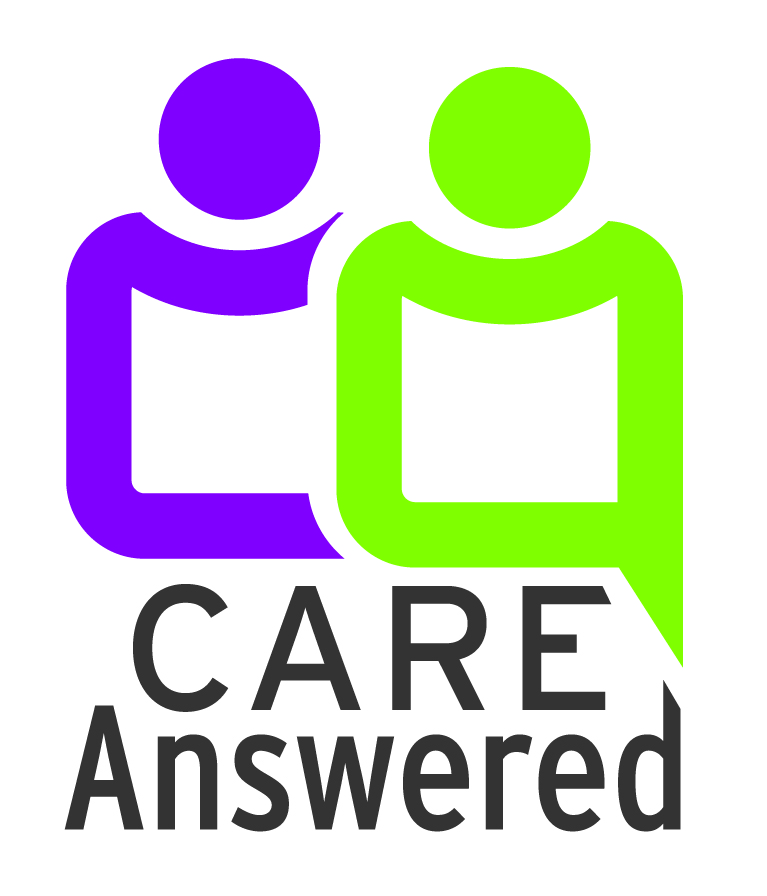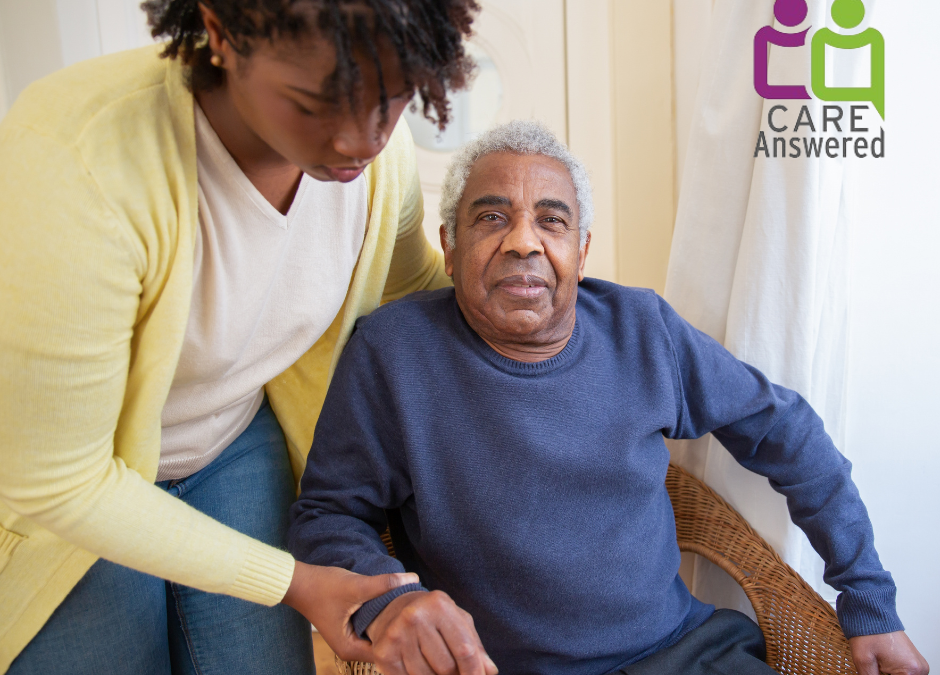In New York State, the Consumer Director Personal Assistance Program (CDPAP) allows loved ones to be compensated for providing necessary caregiving assistance to older adults and those with special needs. It is provided through the community Medicaid program.
Last year, I noted that there were potential changes coming to this program, and the changes are here. Some people may have received information about this. I have already received some calls and questions.
Here are some things you need to know
There is now one state Fiscal Intermediary (FI) called PPL. All those utilizing CDPAP now must change their FI to PPL. There are CDPAP facilitators who can help you with the process of switching. Apparently, there will be continued facilitators/partners on a rolling basis. Check out the list here.
By March 28, 2025, you must switch your FI to PPL with the help of these facilitators. Whether you do so sooner or closer to the date is up to you. This is the first time the state is doing this, and New York is moving from about 700 FIs to 1 so I realistically expect some confusion and delay.
Here are some of commonly asked questions:
Governor Hochul said I don’t need to worry because nobody will have to re-enroll in CDPAP, so why does this impact me?
Though you will not have to go through the eligibility and enrollment process again, you will still need to switch to a new fiscal intermediary (FI). Whenever a consumer changes their FI, the consumer and their personal assistant (PA) must go through the onboarding process, which includes health assessments and other steps for PAs before they can begin work. Nearly half a million PAs will be transferring by April 1, 2025, which will lead to annual health assessments being due at nearly the same time for all PAs, rather than spread throughout the year as they currently are. This is very likely to create significant delays in both initial onboarding and annual assessments, causing service disruptions for consumers.
My current fiscal intermediary is telling me I have to switch to personal care/traditional home care. Is this true?
No. While switching from CDPA to “traditional” personal care services may be better for some, there are four critical differences that you should know. First, while personal assistants (PAs) in CDPAP can do personal care, home health care, and nursing services, personal care attendants (PCAs) in “traditional” personal care can only do personal care tasks. This means no medication administration, wound care, suctioning, or other more intensive tasks. Second, your PA will now only work for the agency. That means the agency can schedule them to work for other people, and potentially not for you at all, and you will not control the schedule. Third, PCAs in “traditional” personal care may not be family members, so if your family is your PA, they will not be permitted to do so in a “traditional” agency setting. Fourth, while PAs do not need formal training or credentialing, staff in “traditional” agencies do. If you are considering changing, talk to the FI/LHCSA about all of these factors before deciding which is best for you.
You can find these and more frequently asked questions here.

